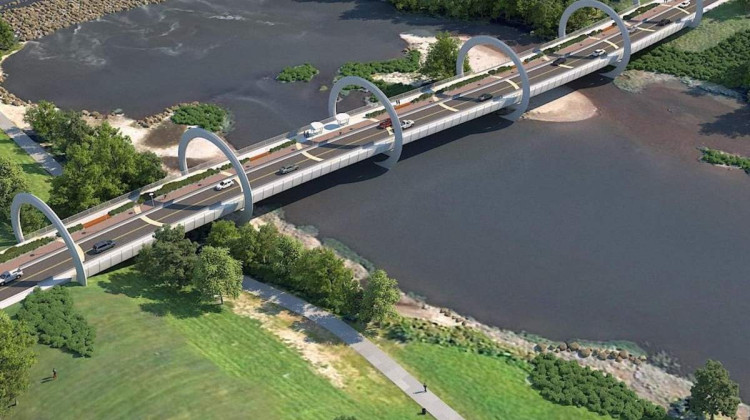
A rendering shows an expansion of the Indianapolis Cultural Trail, which would connect downtown’s cultural districts to west Indianapolis neighborhoods, as well as the new Elanco Global Headquarters and Indy Eleven Campus.
City of IndianapolisClaire Rafford and Emily Hopkins, Mirror Indy
Human remains from the historic Greenlawn Cemetery were discovered over the summer during utility exploration for the Henry Street bridge project, the city of Indianapolis announced in a news release today, Jan. 18.
The Henry Street bridge project overlaps with Eleven Park, a $1 billion mixed-use development from Indianapolis-based Keystone Group on the former Diamond Chain site.
Both developments encompass land that served as the former burial ground at Greenlawn Cemetery, which was established in 1821 as the first city cemetery in Indianapolis.
The cemetery was the final resting place for some of Indianapolis’ first Black residents — many of whom are likely still buried near the banks of the White River.
Local historians and advocates have long called for transparency and care at the site, where the remains of as many as 3,000 people buried there are unaccounted for in historical records, according to Leon Bates, a local historian who has studied the historic cemetery.
In response to these concerns, the city formed a community advisory group to discuss the process for disclosing discoveries and handling remains. Some of that process was finalized earlier this week, when a contract was finalized between the city and Jeremy Wilson, an archaeologist at Indiana University Indianapolis who will study these and future remains found at the site. The remains will be reinterred at a future date.
The recent finalization of that contract and plans for how the city would handle and disclose remains resulted in the disclosure of the discovery from six months ago.
Eunice Trotter, director of the Black Heritage Preservation Program for Indiana Landmarks, said she is happy to see the city live up to its commitment to transparency, but there are still more decisions yet to be made.
Notably, she said, neither the city nor the developers of the Indy Eleven site have committed to excavating the remains prior to construction. She and the rest of the community advisory group think excavating the remains, she said, would have been the best approach.
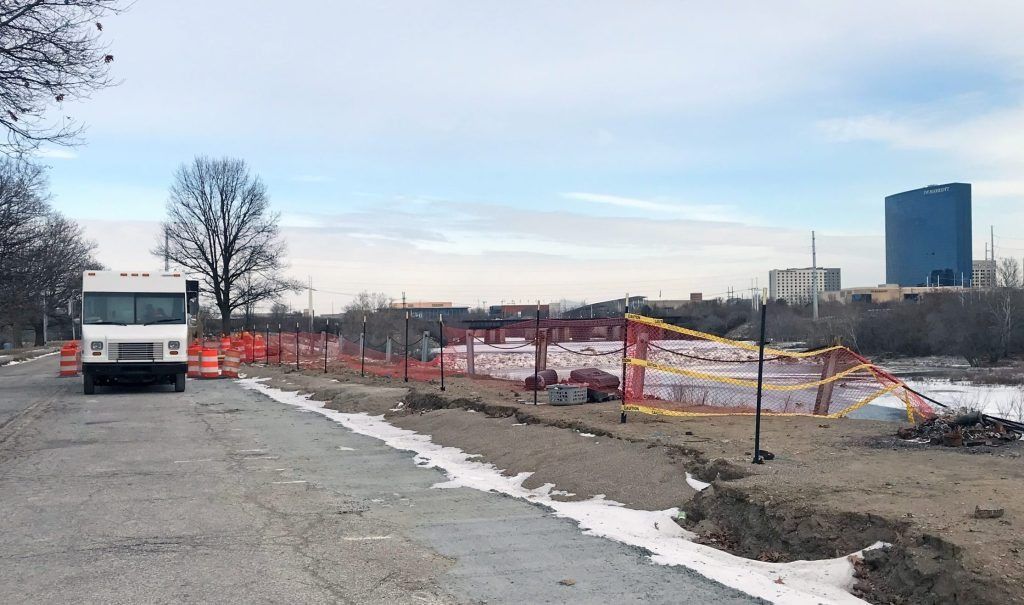
“I’m happy to see that the reporting procedure is now in place, however I’m hopeful that the developer and the city will be proactive in focusing on excavation,” she said.
This isn’t the first time human remains have been found during work on the massive project.
Keystone announced in late December it had discovered human remains during the construction of Eleven Park. Plans for the site include a soccer stadium for Indy Eleven as well as a hotel, apartments, entertainment venues, office, restaurant and retail space on more than 20 acres of land.
Alexandra Miller, spokesperson for Keystone Group, declined to provide Mirror Indy additional details about the remains and their destination.
What Indianapolis found
On July 18, 2023, archaeologists discovered a human bone from an adult’s right hand during a dig to document fiber optic lines at the former Diamond Chain complex. Experts did not discover any further evidence of human remains, the city said.
The bone was recovered from an area with a depth of less than five feet, according to the release.
Years of development on the land housing Greenlawn Cemetery — including the former Diamond Chain facility and even a baseball field — have altered the land and likely disturbed remains for decades. Stints of grave robbing, reinterment of bodies and poor recordkeeping make it difficult to know where individuals are buried at the site.
Due to these challenges, historians and advocates have warned that remains are likely to be discovered, though it’s difficult to ascertain exactly where bodies are located because there are no immediately visible headstones.
In the city’s release today, Bates, who is also a member of the community’s advisory group, urged Keystone to increase its transparency surrounding the discovery of human remains in construction.
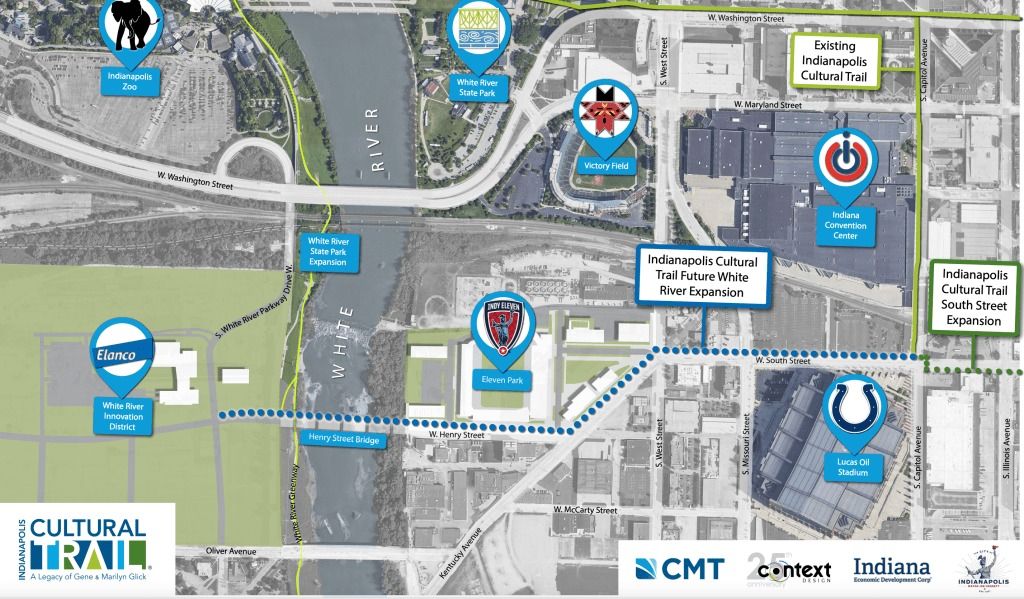
“The (unearthings) are exactly what some members of the city’s (community advisory group) have expected, and there is every reason at this point to expect more remains to be uncovered before the projects are completed,” Bates said in a news release. “It is my hope that Keystone Group will join with DPW, CAG, and the community in being open and forthcoming with discoveries on their projects at the old Greenlawn Cemetery site.”
The city first announced plans to build the bridge — which includes an expansion of the Indianapolis Cultural Trail — in May.
The Henry Street bridge will cross the White River at Kentucky Avenue. The bridge will cost over $20 million to construct and is the city’s contribution to development at the Elanco Animal Health Global Headquarters, located at the former GM Stamping Plant.
 DONATE
DONATE


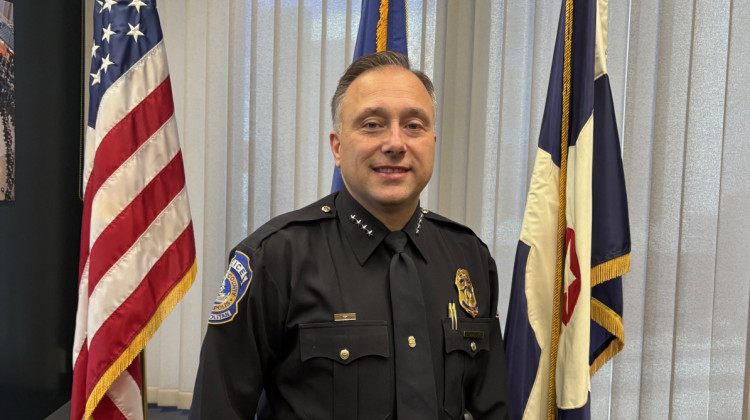
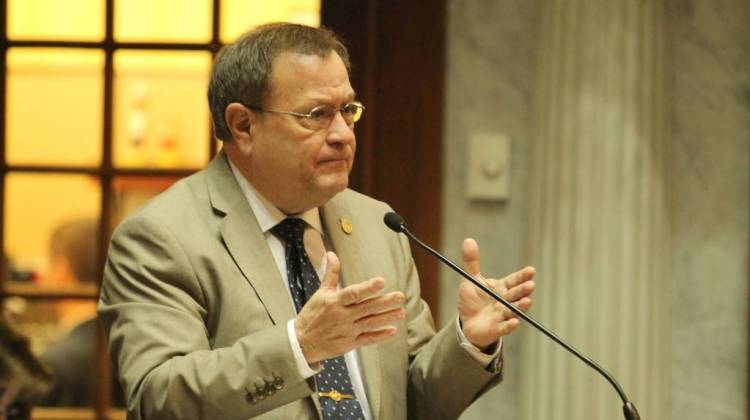
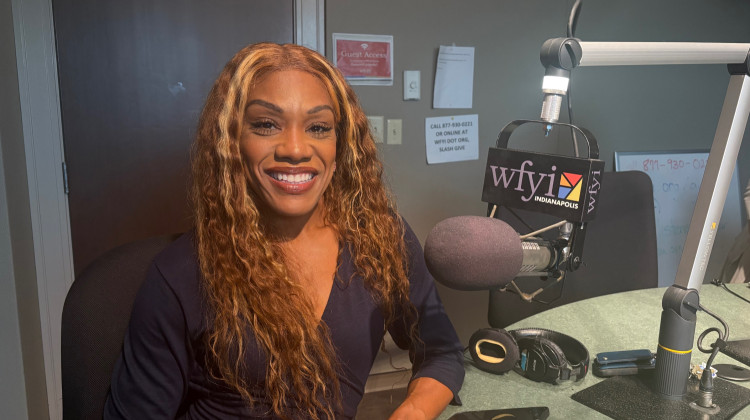

 Support WFYI. We can't do it without you.
Support WFYI. We can't do it without you.